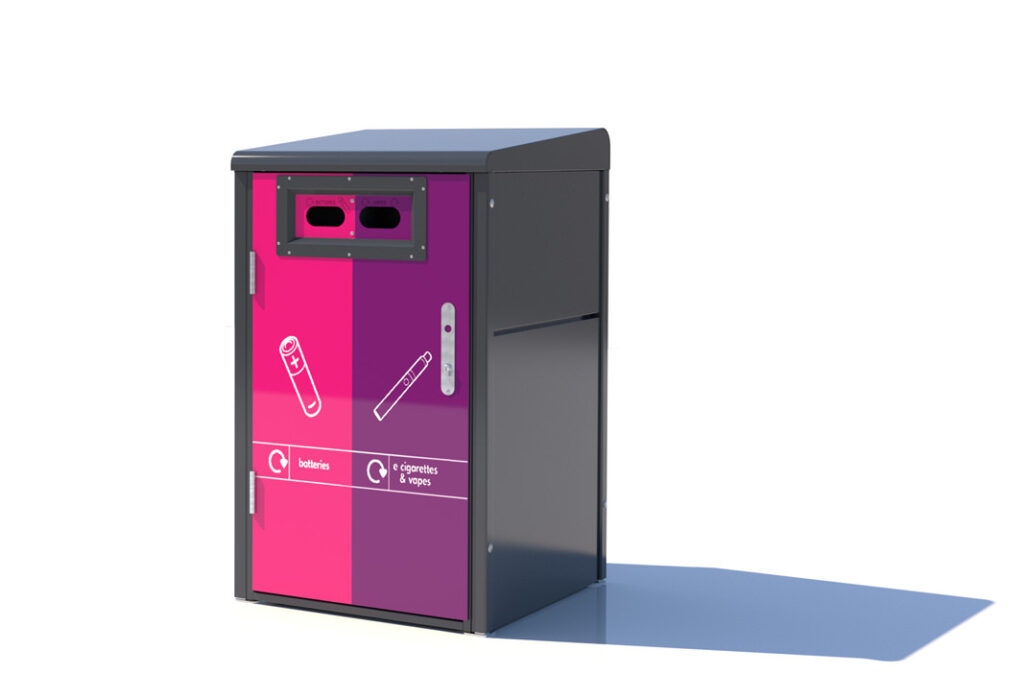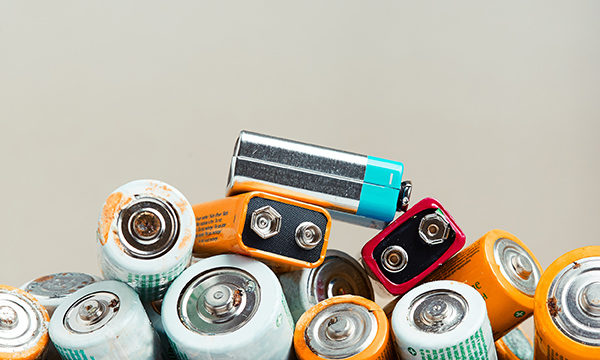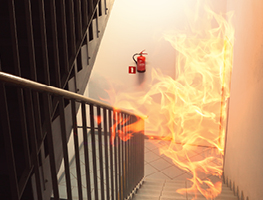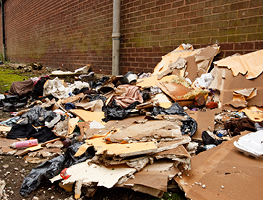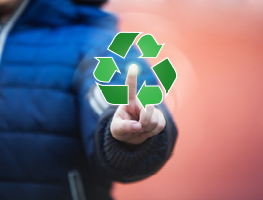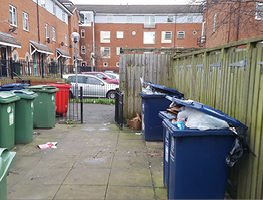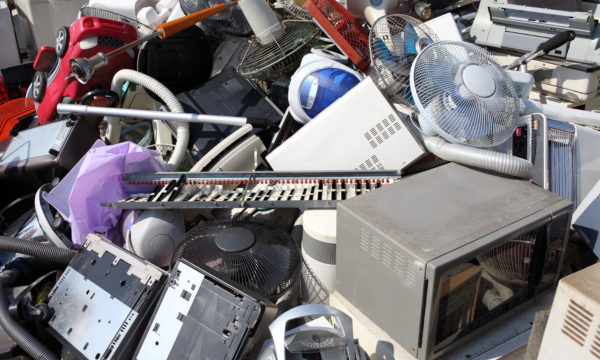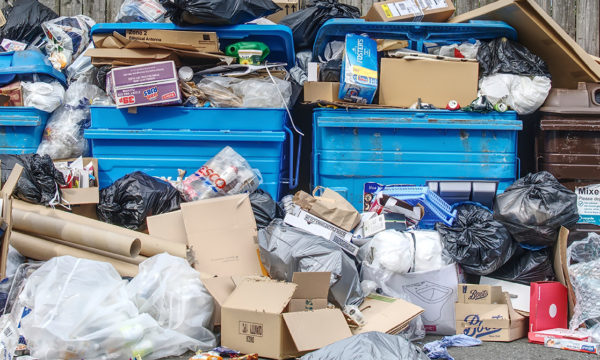In June 2025, the UK banned the sale of single-use or “disposable” vapes. The move aimed to reduce environmental damage, fire risk and the health issues linked to the throwaway devices. Yet even with the ban, vape waste continues to cause problems for councils, housing providers and waste services. Here are three reasons why.
1. The scale of the problem is staggering
Before the ban, almost five million disposable vapes were thrown away every week in the UK, that’s eight vapes per second. Each device contains a plastic casing that could last for centuries in landfill. DEFRA has warned that when vapes are littered or binned, substances such as lead and mercury leak into soil and water, threatening vulnerable ecosystems. The sheer volume of vape waste means even a partial continuation of these habits is a major concern.
2. Valuable resources are being lost
A single vape battery contains around 0.15g of lithium. Over the course of a year, around 260 million vapes are disposed of, containing 5,000 electric vehicle batteries worth of lithium.
Other scarce materials such as cobalt, copper and even rarer elements like niobium and tungsten are also locked inside these devices. When vapes are discarded rather than recycled, those resources are lost and the carbon footprint of producing them is wasted too.
3. The fire risk is huge
The lithium-ion batteries inside vapes are highly flammable if crushed or damaged. In 2023 there were over 1,200 battery fires in UK waste sites and collection vehicles, a 70% increase on the year before. In Exeter, a refuse truck fire became so hot it melted the vehicle’s metal walls, while in Slough, crews had to dump tonnes of rubbish onto a road after a vape battery ignited.
The next step
The ban was an important move but it doesn’t remove the need for safe disposal infrastructure. Manufacturers are already releasing near-identical versions of the banned devices, now fitted with a small charging port. These rechargeable “disposables” are flooding the market. In practice, many users still discard them when empty, so the environmental damage, fire risk and wasted resources remain. Behaviour change takes time, which is why housing providers and councils can help by introducing secure, fire-resistant vape and battery collection units in visible, accessible locations.
You can find out more about efficient infrastructure for safe disposal here.


